Training young athletes part 4: Gil Stevenson, Denis Betts
Leave a CommentThere are many different ways to develop young athletes, all require some direction, support and encouragement. I am not sure what is the best way, but I am pretty sure there are less than ideal ways. This week we have heard from some great coaches on Training Young Athletes, here are 2 more.
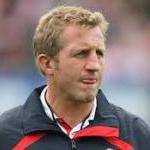 First up is Denis Betts, Head Coach of Widnes RFL. I worked with Denis on a Great Britain Under -18s Rugby League camp, and was very impressed with his coaching style, organisation and rapport with the kids.
First up is Denis Betts, Head Coach of Widnes RFL. I worked with Denis on a Great Britain Under -18s Rugby League camp, and was very impressed with his coaching style, organisation and rapport with the kids.
“With regards to coaching kids I would stress the importance of the simple things. The fundamentals are the keys to any players success. Get a good catch and pass, work on small sided games to grow the understanding of space and awareness of his/her surroundings. Get them to have fun with a rugby ball in ther hands, if you can do that you are going to keep them interested.”
Denis Betts
 Gilmour Stevenson is one of the founders of the UKSCA and is currently a Director.
Gilmour Stevenson is one of the founders of the UKSCA and is currently a Director.
“Here are a couple to add.
The better you are at your sport, the more important it becomes to work even harder. As you progress eventually you will come across competitors who are as good or better than you. That is when the hard work will count.
‘All other things being equal strongest always wins’ Prof. Mike Stone.
Developing your strength should be your first priority.
Work hard at becoming strong
Fastest always wins the race.
To get faster you need to get stronger.
Work hard at becoming fast.
Once techniques and skills are aquired practice them quickly.Put them under the pressure of speed.
Keep it fun
Have fun working hard!”
Gil Stevenson
Thanks to all the coaches who have contributed, more to follow on Monday.
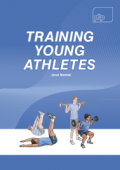 If you wish to have an easy to follow guide to training young athletes, then click on the book cover to the right. I wrote this standing on the shoulders of giants.
If you wish to have an easy to follow guide to training young athletes, then click on the book cover to the right. I wrote this standing on the shoulders of giants.


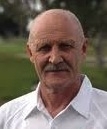 Kelvin Giles has a vast experience working with International athletes. His
Kelvin Giles has a vast experience working with International athletes. His 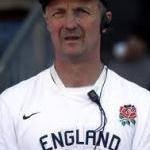 Simon Worsnop is the national fitness adviser for the England Rugby Football Union and author of
Simon Worsnop is the national fitness adviser for the England Rugby Football Union and author of Dr Paul Gamble is the author of
Dr Paul Gamble is the author of  Vern Gambetta is an Athletic Development coach based in the USA, his book “Athletic Development” is a must read for aspiring coaches in this field. He also runs the
Vern Gambetta is an Athletic Development coach based in the USA, his book “Athletic Development” is a must read for aspiring coaches in this field. He also runs the 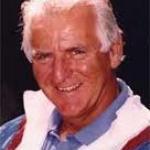 First up is
First up is  With the London Marathon approaching this weekend,
With the London Marathon approaching this weekend,